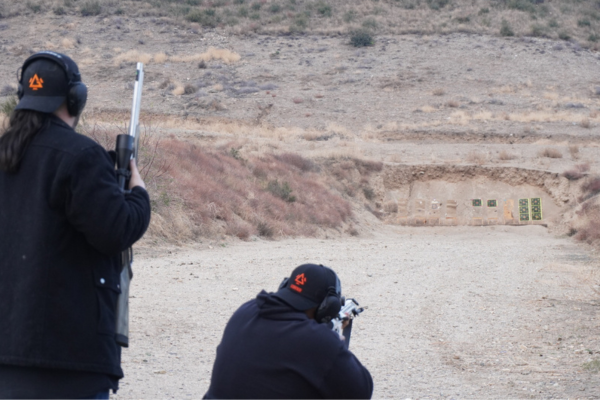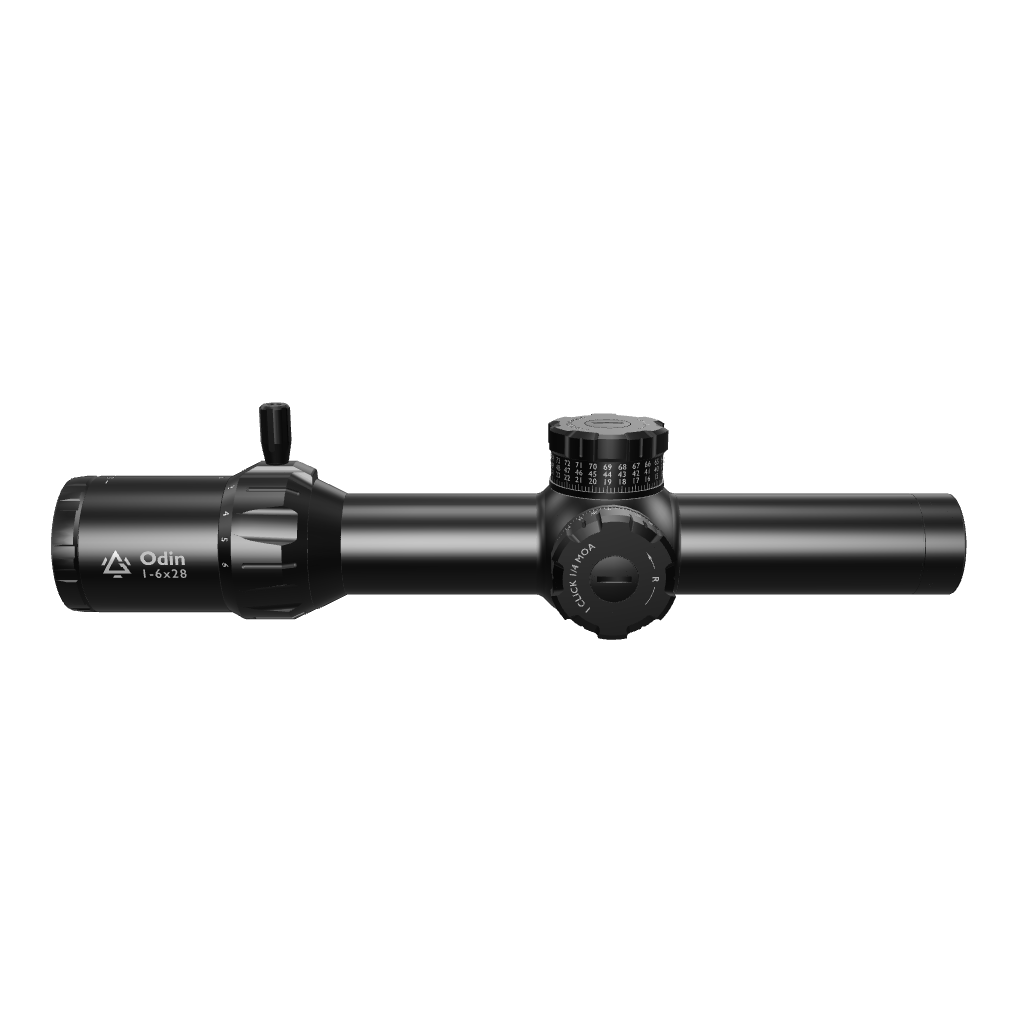Rifle Scope Objective Lens Size Explained (LPVOs, Hunting Scopes, HPVOs, etc.)
A surprising number of people are sometimes misled by the assumption that “bigger is better” when it comes to scope, objective lens size.
As a principle, a bigger objective lens draws in more light and would make for a brighter image, but having a brighter image is not a priority in every situation.
Besides, image brightness is just one of the factors you have to consider when choosing the right optic for your rifle. A big 50mm lens on an LPVO, for example, would give you nightmares when it comes to mounting the optic and make it unnecessarily cumbersome to use, without bringing any additional benefits.
The Objective Lens Size Must Match the Intended Use of the Rifle
There’s no one-size-fits-all answer when it comes to the scope objective lens size. Different objective lens sizes are designed for various types of shooting, and typically, larger objective lens sizes are suited for scopes with higher magnification capacity.
What is most important is that the size of the objective lens must match the scope's purpose, as it directly affects performance in terms of brightness, clarity, weight, balance, and mounting.
Here's an objective lens size chart to guide you on matching the right objective lens size to the right kind of scope.
Objective Lens Size Chart
| Objective Size | Ideal Use Case | Type of Scope | Why It Works |
| 24–32mm | Tactical, close-range, lightweight | Low Power Variable Scopes | Very light, compact, mounts low |
| 36–42mm | All-around, general hunting | All-around hunting scopes | Good balance of light and size |
| 50mm | Long-range, precision shooting | HPVOs, Long-range Precision Scopes | Excellent brightness at high power |
| 56mm+ | Extreme range, low light/night use | Spotting scopes | Maximum light and image clarity |

The best objective lens size for any rifle scope depends on what the scope is made for.
- A 6- 24x56 mm scope on a lightweight .22LR plinking rifle, for example, makes no sense. This kind of objective size mismatch leads to overkill, underperformance, or impractical handling.
- A .22LR rifle used for short-range plinking (25–100 yards), a 1- 6x 28 LPVO, for example, would be infinitely more suitable.
1. Objective Lens Size for Hunting Scopes (Short to Medium Range)
Most short- to medium-range hunting scopes have objective lens sizes between 40 mm and 45mm. The 40–44mm range strikes a balance between brightness and weight, keeping your rifle neither top-heavy nor too bulky.
This objective lens size also ensures that light gathering is balanced, making them perfect for dawn or dusk hunting.
2. Objective Lens Size for Long-Range Shooting Scopes
The recommended objective lens for long-range scopes is about 50mm. Most long-range scopes are HPVOs, which typically reach a total magnification of approximately 50mm and therefore require larger objective lenses to maintain optical clarity and brightness.
A 50mm lens lets in more light at high zoom, helping you see fine details at 500+ yards.
Discover the ongoing conversation around LPVOs vs. MPVOs vs. HPVOs
3. Objective Lens Size for Tactical Use / AR-15 / Close Quarters
The recommended objective lens size for tactical scopes is between 24mm and 28mm. Smaller lenses keep the scope compact and fast. You’re not aiming far, so a big lens is unnecessary.
LPVOs (Low Power Variable Optics) are arguably the most common types of scopes for AR-15s and other close-quarter rifles, and they typically range from 1- 6x to 1- 10x magnification.
The Odin 1-8x24 FFP LPVO has a 24mm objective lens, while the 1- 10x28 FFP LPVO has a 28mm objective lens. Paired with multi-coated German Schott glass lenses, they provide exceptional optical clarity. Beyond what you’d expect of an LPVO.
Check out some Gunnr LPVO reviews to see these optics in action.
4. Objective Lens Size for Lightweight or Mountain Hunting Scopes
For lightweight or mountain hunting scopes, the recommended objective lens size is between 32 and 36mm. Most scopes used for lightweight hunting are MPVOs, which reach a magnification of about 24mm
32-36mm objective lenses work because they are smaller, lighter, and easier to carry
They still provide adequate brightness at lower zoom.
Matching Scope Size to Purpose
Bigger isn’t always better when it comes to rifle lens size. The right size depends on your shooting environment, your rifle setup, and your intended range. To choose the best objective lens size, consider these questions:
- When will I be shooting? (Daylight? Dawn? Dusk?)
- What distances am I engaging?
- How much weight can my rifle comfortably handle?
- Do I need a high mount, and can I maintain a proper cheek weld?
- What kind of magnification will I use most often?
If you can answer those questions, you’re already ahead of the curve. Keep your tactical advantage by exploring this MOA distance chart and how to set eye relief for all your shooting applications.







